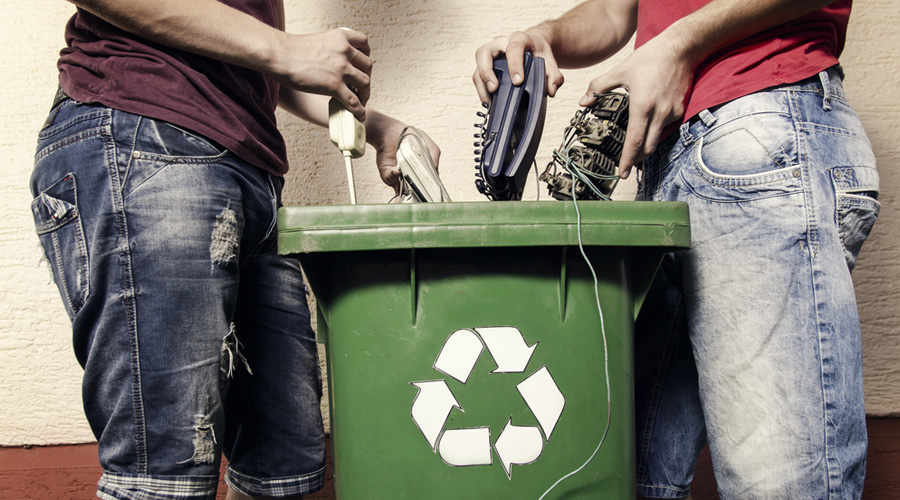A small portion of the e-waste generated in the city is disposed through organised channels while the majority is sold through unorganised channels where the dismantling of the waste exposes the handlers and others to hazardous elements.
The low rate of disposal through organised means is because there is almost zero public messaging on how e-waste should be disposed of and its harmful effects.
E-waste experts said that anything that requires electric charging for use would broadly come under the category of e-waste. Laptops, computers, chargers, mobile phones and refrigerators are the most common things that almost all middle-class households possess.
“Roughly 8 to 10 per cent of e-waste is now disposed of responsibly. The rest is sold through unorganised channels, which can expose people to harmful elements inside electronic products,” said Nandan Mall, the founder and managing director of Hulladek Recycling, a private company that collects e-waste from households in several cities in India, including Kolkata.
Hulladek recently organised a Sustainability Fair in the city to raise awareness about e-waste and its safe disposal.
“We have two vehicles that visit apartments and households in Kolkata if people contact us to collect their waste,” said Mall.
Suneel Pandey, director at the environment and waste management division of The Resources and Energy Institute (TERI), said that many prefer to sell their used electronic devices in local markets, which give a better return for the products.
“These products are then worked upon to make them fit for further use. A number of people also buy electronic products from these secondary market stores. This way the products are recycled and used for one more turn. Sometimes there is a third term used by another customer. But finally, they end up as waste. The question is how the products are disposed of when they have no use any longer,” Pandey said.
He said that while dismantling refrigerators through unscientific and rudimentary processes, collants like hydrofluorocarbon are not disposed of properly. The improper handling of the collants leads to pollution.
Many in the unorganised sector are keen on recovering copper from e-waste because it has reuse value. Those directly exposed to the process of retrieving copper are at a very high risk.
“Copper retrieval from the motherboard of laptops is very common. But it is a harmful process if it is not done with all safety measures,” said Pandey.
Copper is also recovered by burning the cables of electronic products. It generates a lot of acid fumes because acids are necessary in the retrieval of copper.

